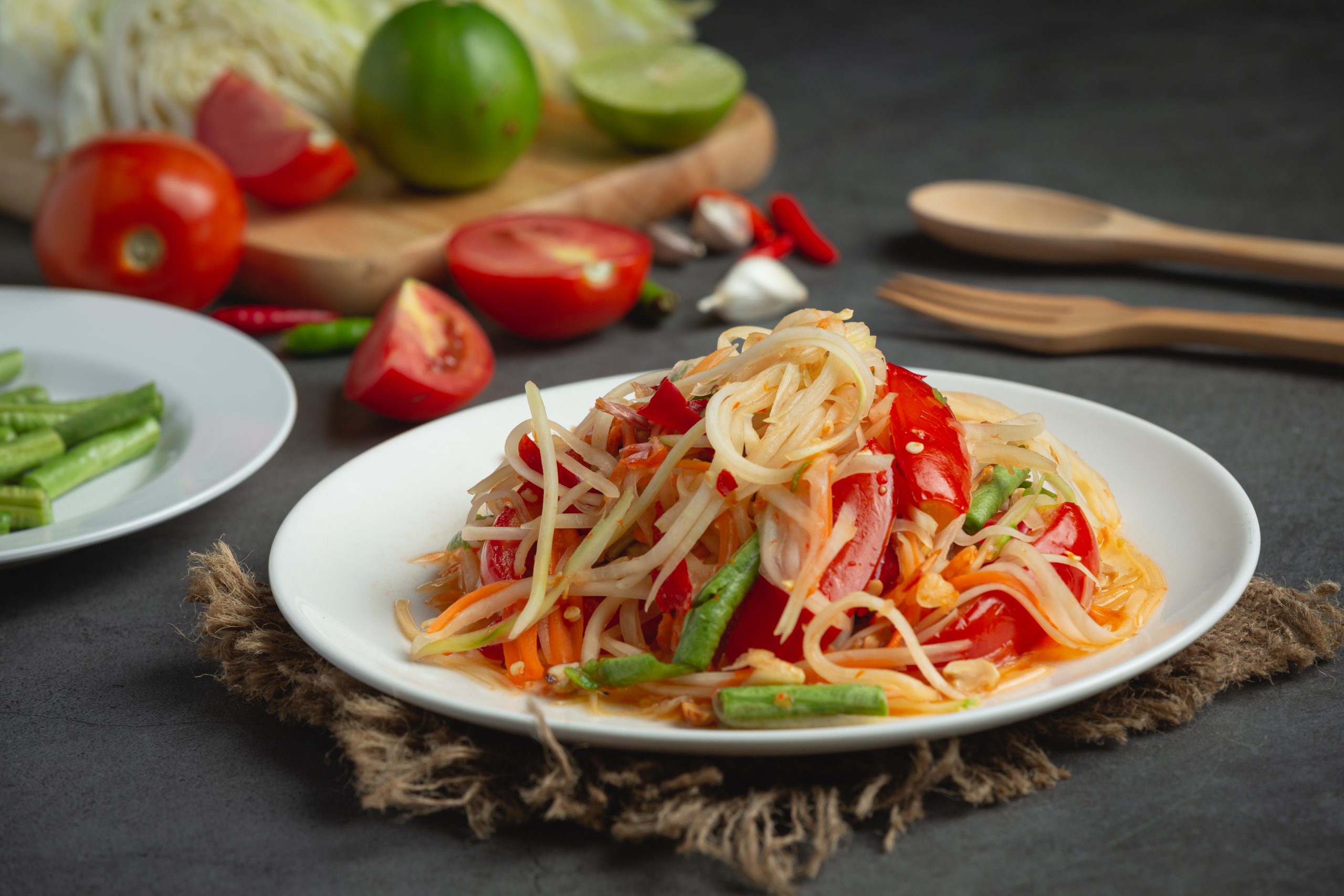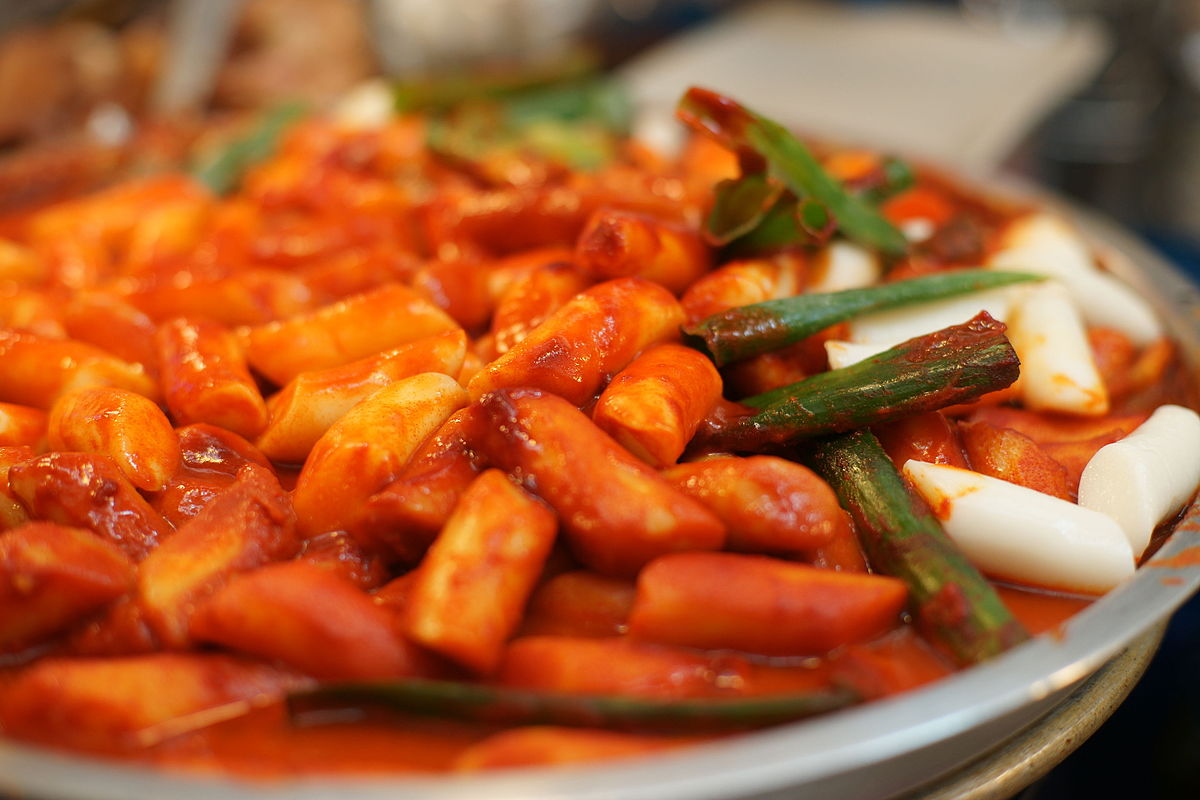Food is more than just sustenance—it’s a story, a cultural heritage, and an expression of tradition. Every country has its own unique dishes that tell a tale of history, climate, and lifestyle. Whether you’re a traveler seeking new culinary experiences or a food enthusiast looking to expand your palate, this journey through some of the world’s most unique and flavorful dishes will leave you hungry for more.
Japan: Kaiseki – The Art of Seasonal Dining
In Japan, food is not just about taste—it’s about aesthetics, balance, and the harmony of ingredients. Kaiseki, a traditional multi-course meal, is the pinnacle of Japanese fine dining. Each dish is crafted meticulously to reflect the changing seasons, incorporating fresh ingredients that celebrate nature’s bounty. From delicate sashimi to simmered vegetables and grilled seafood, every plate is a work of art, designed to be savored slowly and respectfully.
- Kaiseki originated from the tea ceremony tradition.
- The meal consists of multiple courses, each carefully curated.
- It emphasizes seasonal and local ingredients.
Ethiopia: Injera and the Communal Feast
Ethiopian cuisine is a vibrant mix of spices, bold flavors, and communal dining. Injera, a spongy sourdough flatbread made from teff flour, serves as both the plate and the utensil. It’s topped with an array of flavorful stews, lentils, and sautéed vegetables, creating a colorful and delicious platter meant to be shared. Eating with hands is the norm, emphasizing the importance of togetherness in Ethiopian culture.
- Injera has a unique tangy taste due to fermentation.
- Traditional meals are often served on a large shared platter.
- Spices like berbere and mitmita give Ethiopian dishes their bold flavor.
Mexico: Mole – A Sauce with a Story
One of Mexico’s most complex and celebrated dishes is mole, a rich sauce made from a blend of chili peppers, chocolate, nuts, and spices. With over 30 ingredients in some versions, mole is a true culinary masterpiece. It’s traditionally served over meats, especially turkey or chicken, and is a staple at festive occasions and family gatherings.
- Mole has various regional variations, with Oaxaca and Puebla being famous for their distinct styles.
- The sauce can take hours to prepare, with slow cooking enhancing its depth of flavor.
- The combination of sweet and spicy elements creates a balanced, unique taste.
Thailand: Som Tum – The Perfect Balance of Flavors
Thai cuisine is renowned for its bold flavors, and som tum, or green papaya salad, is a perfect example of the country’s culinary artistry. Made with shredded unripe papaya, chili, lime, fish sauce, and peanuts, this dish embodies the balance of sweet, sour, salty, and spicy flavors. The refreshing crunch and zesty taste make it a favorite street food and a staple in Thai households.
- Som tum is typically made fresh in a mortar and pestle.
- Different regions in Thailand have their own variations, some incorporating seafood or fermented fish.
- The dish is a staple in Isaan cuisine, the northeastern region of Thailand.
India: Dosa – The South Indian Staple
Dosa, a crispy fermented rice and lentil crepe, is a beloved dish in South India. Often served with coconut chutney and sambar (a lentil-based vegetable stew), dosa comes in various forms—plain, stuffed with spiced potatoes (masala dosa), or even infused with different flavors. Its light texture and satisfying crunch make it a must-try dish for anyone exploring Indian cuisine.
- Dosa is naturally gluten-free and packed with protein.
- The fermentation process gives it a slight tangy taste and enhances its nutritional value.
- It is commonly eaten for breakfast but can be enjoyed at any time of the day.
France: Bouillabaisse – A Fisherman’s Delight
Hailing from the coastal city of Marseille, bouillabaisse is a flavorful seafood stew that embodies the essence of French Mediterranean cuisine. Made with an assortment of fresh fish, shellfish, saffron, and a rich tomato-based broth, this dish is both rustic and elegant. Traditionally, it is served with a side of rouille, a garlicky saffron aioli spread on toasted bread.
- Bouillabaisse originated as a humble fisherman’s dish, using leftover fish from the day’s catch.
- The broth is infused with aromatic herbs like fennel and orange peel.
- It is best enjoyed with a glass of crisp white wine from Provence.
Morocco: Tagine – A Slow-Cooked Tradition
Tagine, named after the earthenware pot in which it is cooked, is a fragrant and slow-cooked Moroccan stew. Combining tender meats, dried fruits, nuts, and a blend of warm spices like cinnamon, cumin, and saffron, tagine is a dish rich in both flavor and tradition. The slow-cooking process allows the ingredients to meld together, creating a dish that is both hearty and aromatic.
- Tagine is commonly made with lamb, chicken, or vegetables.
- The dish is often served with couscous or flatbread to soak up the flavorful sauce.
- Cooking in a tagine pot enhances the dish’s tenderness and depth of flavor.
A World of Flavors Await
Food is one of the most enjoyable ways to explore different cultures. Every dish tells a story, from the ingredients used to the way it’s prepared and shared. Whether indulging in Japan’s delicate kaiseki, savoring Ethiopia’s communal injera, or enjoying the complex flavors of Mexican mole, every bite is a journey in itself. The world is full of flavors waiting to be discovered—so grab your fork (or your hands!) and start exploring.
Key Takeaways:
- Food is an essential part of cultural identity and storytelling.
- Each country has unique dishes that reflect history, climate, and traditions.
- Trying new foods broadens your culinary horizons and deepens your appreciation for global cuisine.
Where will your next food adventure take you?


